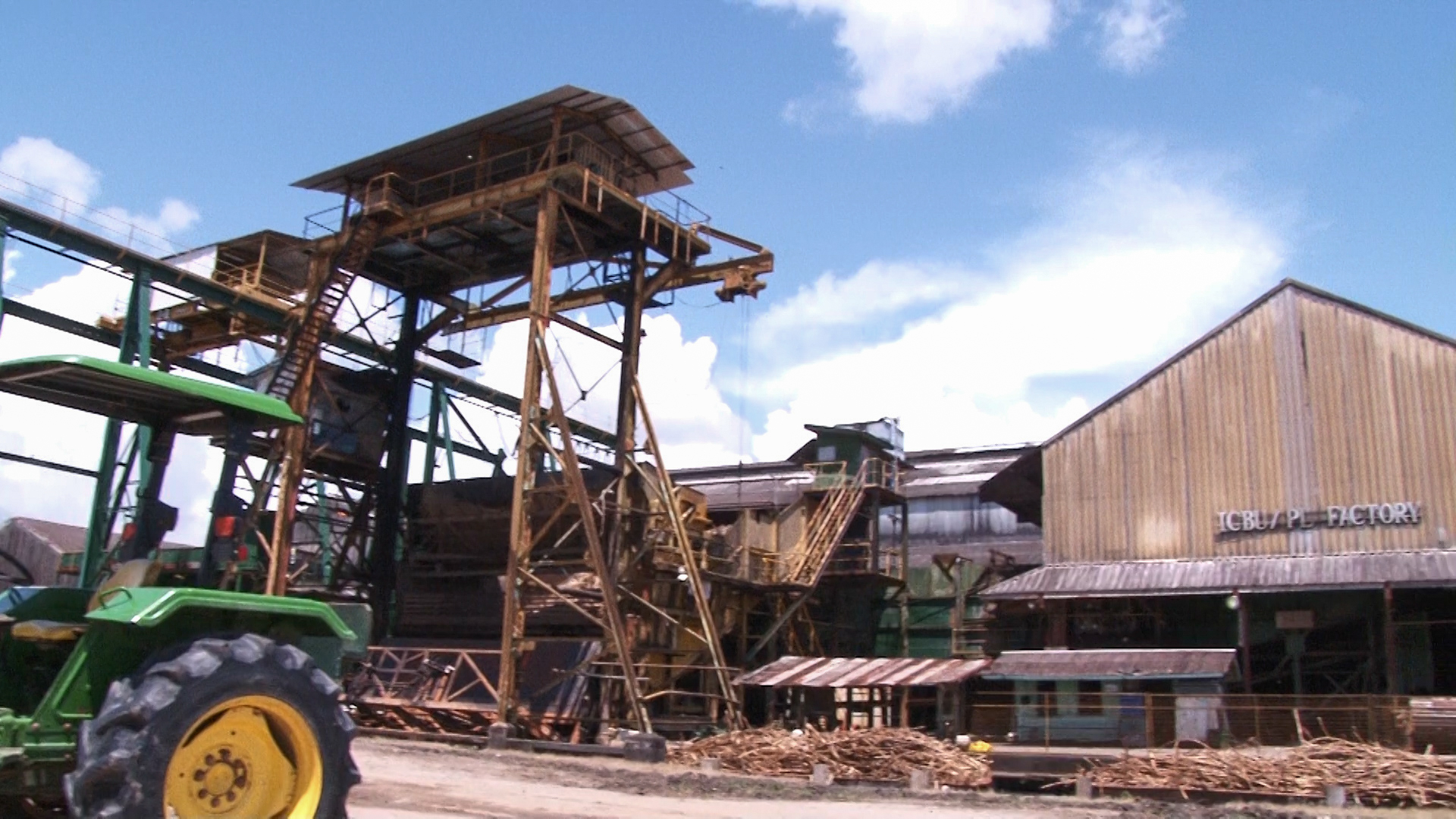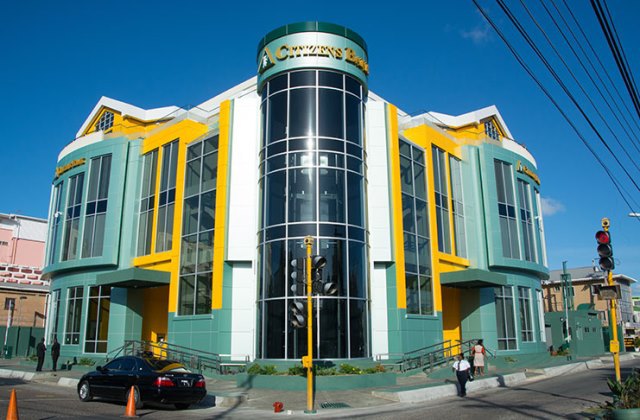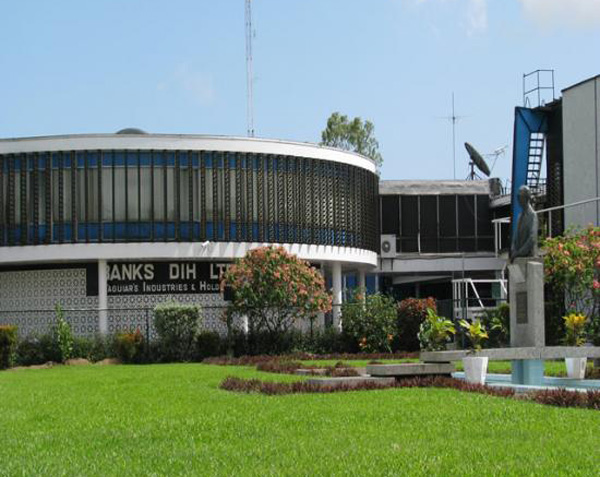By Neil Marks
Sugar workers who were on duty Saturday at the Uitvlugt Estate, West Coast Demerara miraculously escaped death when giant knives used as part of the production process were dislocated and sent flying at a rapid rate.
The machine in question is what is called the No.2 Knife Turbine which is used for the cutting and shredding of canes in preparation for juice extraction.
The shredder hammer overspun at high RPM (Revs Per Minnute) and all the hammers and metal were thrown up to 100 metres.
The possibility of death or serious injury was very high as the broken knife components were ejected from the protective housing at high speed – more like a barrage of giant bullets.
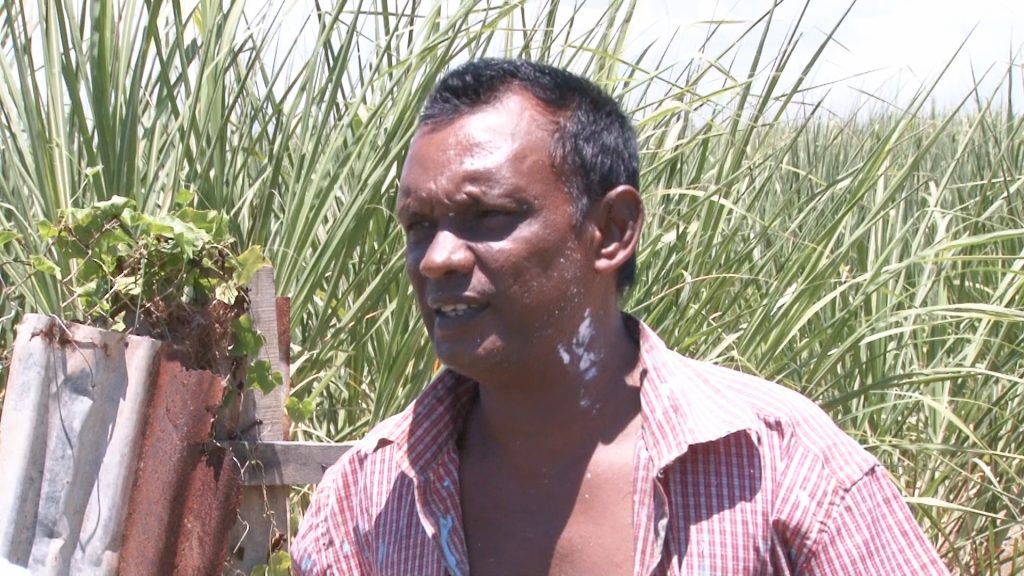
“Knife fly up all over the place,” said Deochand Harripersaud, who has been working at the factory for over 35 years.
He was on duty at the time.
“The instruction passed from Head Office is to disconnect the coupling whenever we are doing the trip; that instruction was neglected,” said Harripersaud.
Estate Manager Yudhisthira Mana acknowledged that the knife turbine was not tested when the rest of the factory was tested for the start of operations for the second crop.
“It was not done the day we would have had the machine trials, which was on 31st July; it was set back for the day just before start-up of the factory,” Mana told the News Room.
The belt carrying the knives for chipping the canes are not the knives you are accustomed to and factory workers like Mr Harripersaud know the catastrophe that was averted.
“It’s a square piece of iron; each one carries 25 pounds,” he told the News Room, saying if one had hit any of the workers it would have been instant death.
“When the gear box hit the speed it was on – on the highest side – things started to fall apart,” the Estate Manager related.

“Eventually the vibration broke the concrete where the knife shaft was,” added Harripersaud.
In the sudden chaos, while the factory workers ran for cover, including Harripersaud himself, one worker decided to perform what is being described as heroic action in shutting down the turbine.
“The turbine man, Mr Grantley Smith, risked his life to turn off the steam to shut the turbine down,” said Harripersaud.
The damage to the No.2 turbine is expected to cost millions of dollars to fix and has put the expected production target of just about 11, 000 tonnes in doubt, though the estate manager is hopeful of an early restart to operations.
The Uitvlugt Estate, which began operations almost a century and a half ago, has had no major incident in recent times; and both management and workers are thanking God that no one died or was seriously injured in Saturday’s accident.
For now, the focus is on fixing the problem and getting the factory back in operation.
“It is a major setback to us because we would have had to source replacement spares from sister estates; we are currently in the process of doing the repairs, and it is expected by this weekend should be through with it,” said Mana.
The hundreds of tonnes of sugar cane are now lying in punts along the canals leading to the estate; if operations are not restarted soon, much of it could be wasted with some it being used only to produce molasses.
The estate projected that it would produce 10, 780 tonnes of sugar this crop. The first crop produced 7096.
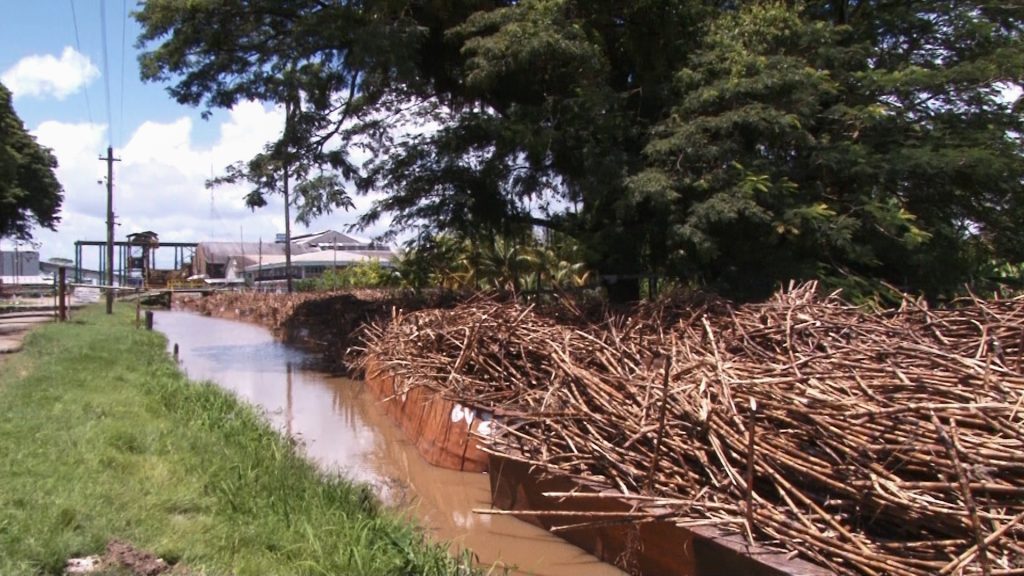
An estimated 1520 workers are attached to the Uitvlugt estate, the only one left in the Demerara region after Wales and Enmore were shut down recently. Some 130 workers from the Wales Estate were transferred to Uitvlugt when the estate was closed in 2016.
The factory has the capacity to produce 35, 000 tonnes of sugar for the year.



